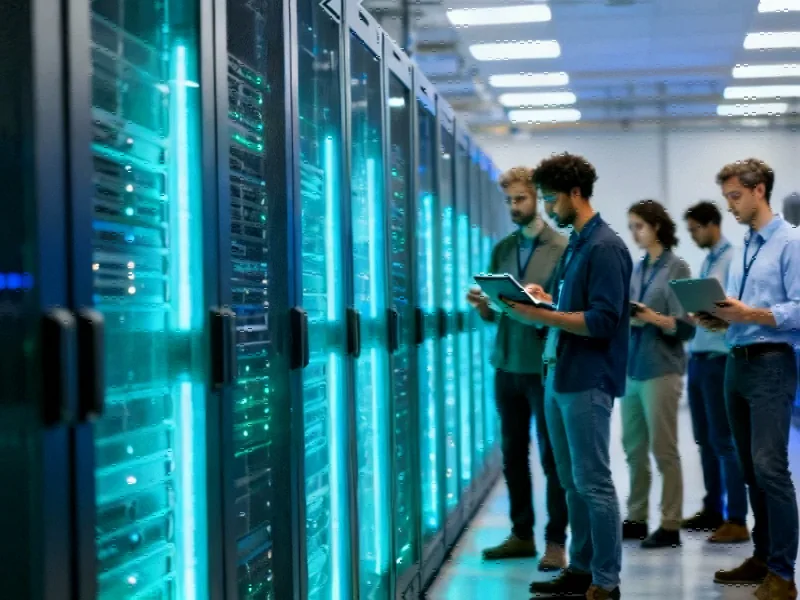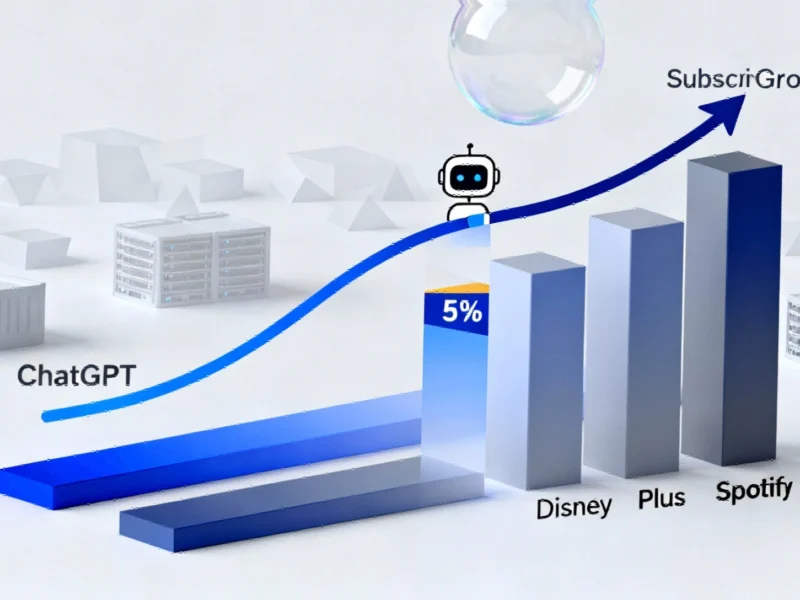Environmental Burden of AI Infrastructure
The race to build artificial intelligence infrastructure is creating concerning environmental patterns, with data centers increasingly located in already polluted areas where Black residents are disproportionately affected. According to reports, these facilities are concentrated in some of California’s most environmentally burdened communities, despite the state’s leadership in the AI boom. A study cited by analysts suggests that the household health burden from data centers in economically disadvantaged areas could be 200 times greater than in affluent communities.
Sources indicate that training a single AI model can generate pollutants exceeding those from 10,000 cross-country car trips. This environmental impact compounds existing disparities, as Black Americans are reportedly 75% more likely than the general population to live near facilities producing toxic waste. The situation reflects broader patterns of social exclusion in environmental policy and industrial siting decisions.
Economic Promises Versus Reality
While tech companies and public officials often tout job creation from data center investments, the report states that the economic benefits frequently bypass Black communities. Construction roles are typically temporary, and the permanent high-paying technical positions that do exist are rarely filled by Black workers. This dynamic continues despite expert analyses highlighting the need for more inclusive hiring practices in the technology sector.
The economic challenges extend beyond direct employment opportunities. Data shows Black workers are overrepresented in fields most vulnerable to displacement by AI and automation, including healthcare support, retail, and administrative work. With the National Science Foundation estimating that over 45 million U.S. jobs will be impacted by AI in the next three years, analysts suggest the technology could significantly widen existing economic gaps without targeted intervention.
Policy Shortcuts and Community Impact
As federal and state governments rush to streamline data center projects, some existing environmental and public review processes are being weakened or bypassed entirely in the name of technological advancement. According to reports, this often means local voices are excluded from crucial decisions about industrial development in their communities. The pattern mirrors concerns raised about other critical infrastructure projects where community input has been limited.
This regulatory streamlining occurs despite evidence that Black communities, while among the lowest electricity users proportionally by income in America, bear the heaviest environmental costs from energy-intensive industries. The concentration of pollution sources in these areas contributes to documented health disparities, including higher rates of asthma and cancer.
Potential Solutions and Responsible Development
Despite these challenges, analysts suggest there are pathways to more equitable AI development. McKinsey’s research indicates that while AI could greatly widen racial wealth gaps if deployed without consideration, the technology could also be harnessed to build economic power within Black communities if implemented thoughtfully. Their recommendations include targeted workforce development programs and inclusive design principles that address historical disparities.
The expansion of AI infrastructure coincides with broader industry developments in technology regulation and corporate responsibility. As these related innovations continue to evolve, experts emphasize that human decisions will ultimately determine whether AI amplifies existing inequalities or helps create a more inclusive economy. The critical question, according to the analysis, is whether society will take deliberate action to ensure AI development prioritizes equity and historical context alongside technological advancement.
As the conversation about AI’s impact continues, monitoring market trends in technology infrastructure and their community effects remains essential for understanding the full scope of this technological transformation.
This article aggregates information from publicly available sources. All trademarks and copyrights belong to their respective owners.
Note: Featured image is for illustrative purposes only and does not represent any specific product, service, or entity mentioned in this article.



